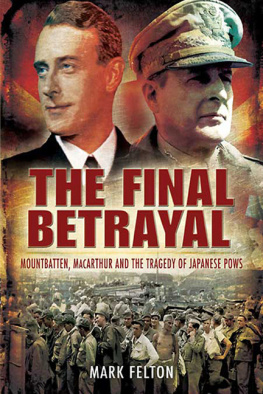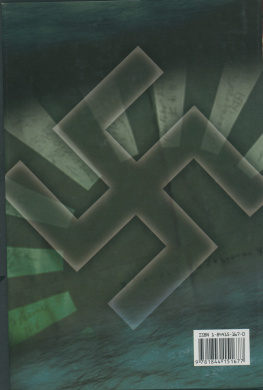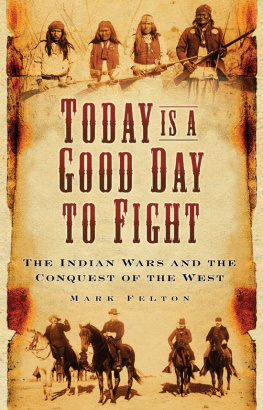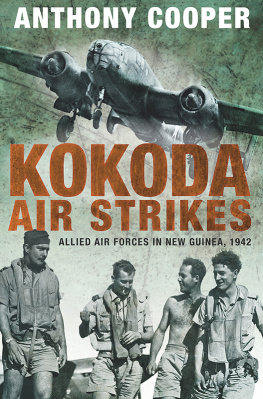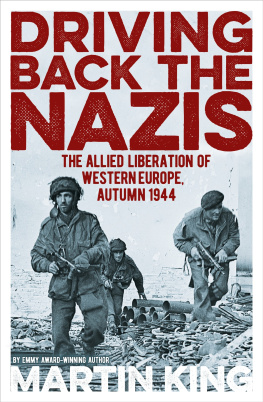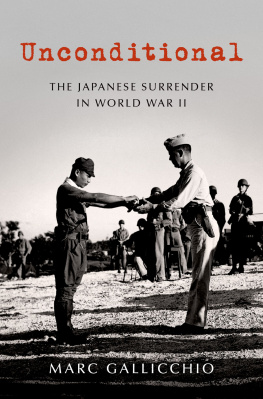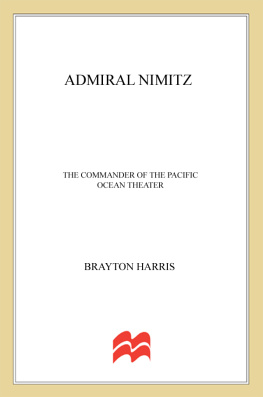
To my grandfather
Albert Slim Lloyd
19121993
Old soldiers never die, they just fade away

First published in
Great Britain in 2010
By Pen and Sword Aviation
An imprint of
Pen and Sword Books Ltd
47 Church Street
Barnsley
South Yorkshire
S70 2AS
Copyright Mark Felton 2010
ISBN 978-1-84884-094-2
eISBN 9781844684786
The right of Mark Felton to be identified as the Author of this Work has been asserted by him in accordance with the Copyright, Designs and Patents Act 1988.
A CIP record for this book is available from the British Library
All rights reserved. No part of this book may be reproduced or transmitted in any form or by any means, electronic or mechanical including photocopying, recording or by any information storage and retrieval system, without permission from the Publisher in writing.
Typeset in 11/13pt Palatino
by Mac Style, Beverley, E. Yorkshire
Printed and bound in Great Britain
by MPG Books Group
Pen and Sword Books Ltd incorporates the imprints of Pen and Sword Aviation, Pen and Sword Maritime, Pen and Sword Military, Wharncliffe Local History, Pen and Sword Select, Pen and Sword Military Classics and Leo Cooper.
For a complete list of Pen & Sword titles please contact
PEN & SWORD BOOKS LIMITED
47 Church Street, Barnsley, South Yorkshire, S70 2AS, England
E-mail: enquiries@pen-and-sword.co.uk
Website: www.pen-and-sword.co.uk

Rangoon Jail, Burma. Note the signs painted on to the prison roof by desperate Allied POWs waiting for liberation, April 1945.

Some of the British and Australian POWs abandoned by the Japanese inside Rangoon Jail, April 1945.

A homemade Union Jack used by Rangoon Jail POWs to signal to Allied aircraft after they were force marched from the prison by their Japanese guards and later abandoned outside the city.

Emaciated British POWs giving an interview to a correspondent shortly after they were released from Changi Camp in Singapore, September 1945.

Starving Allied POWs wave at a passing US Navy aircraft from their prison camp in Japan, 25 August 1945.

Admiral Lord Louis Mountbatten, Supreme Allied Commander, South-East Asia, pictured in Sri Lanka in 1944.

General Douglas MacArthur, Supreme Allied Commander, South-West Pacific. He forbade the British from taking Japanese surrenders and liberating prison camps until he had taken the formal Japanese surrender in Tokyo. During the three-week hiatus many prisoners died who could have been saved.

In violation of MacArthurs instructions, British forces take the Japanese surrender of the island of Penang, 3 September 1945.

General Sir Thomas Blamey (third from left in shorts), Australian chief of staff, in conversation with General MacArthur and other senior American officers. Blamey was given the opportunity to save thousands of British and Australian POWs at Sandakan, but fudged the operation and later tried to blame the Americans for his mistakes.

A Japanese officer hands annotated maps to British forces during the liberation of Singapore, 4 September 1945.

Japanese officers symbolically surrender their samurai swords to the British at Kuala Lumpur, Malaya, September 1945.
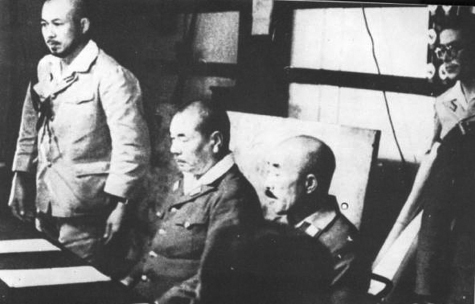
Lieutenant General Seishiro Itagaki photographed before his surrender of Japanese forces in South-East Asia, September 1945.
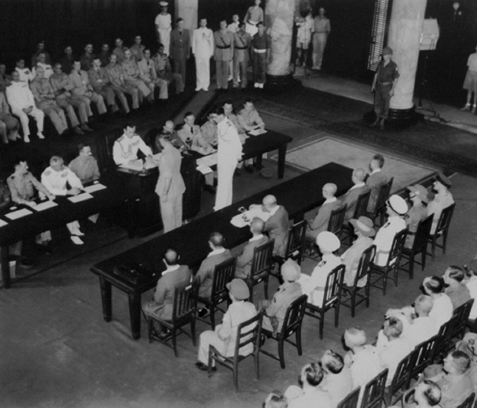
The formal surrender of Japanese forces at City Hall, Singapore, 12 September 1945. The ceremony was conducted in the presence of Admiral Mountbatten and his SEAC commanders.
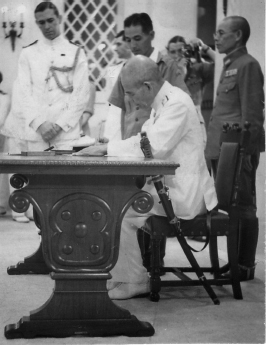
The document of surrender is signed on 15 September 1945 in Hong Kong.
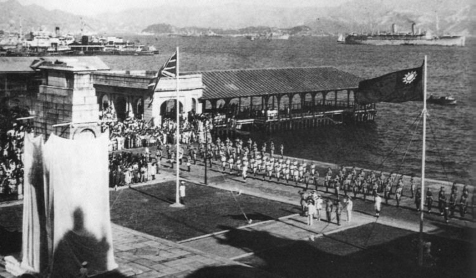
The flag of Nationalist China flies proudly beside the Union Jack during the 1945 liberation ceremony before the Cenotaph in Hong Kong.
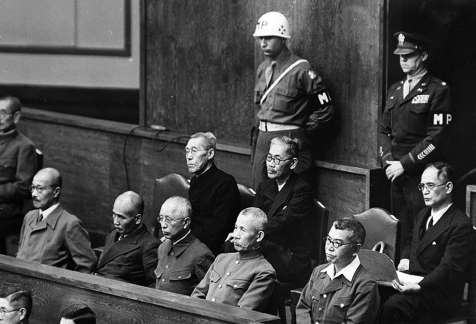
Japanese war criminals on trial for their lives in Tokyo, 1947. Wartime Prime Minister General Tojo, the architect of the brutal conditions suffered by Allied POWs and civilian internees, sits bottom row left. Tojo was hanged in 1948.
Introduction
a malarial ridden pestilential hollow in the hills would probably have been journeys end for most of us but providence, or the atomic bomb which we did not know about, intervened. You may choose according to your own persuasion but my money is on technology.
Major Archie Black
British POW, Saigon 1945
B ombs exploded with enormous, earth-shattering detonations that lit up the sky, and incendiaries rained down upon the port city of Kobe in Japan. High above roared big silver American B-29 Superfortresses, bringing death and destruction to the Japanese mainland in a hugely successful campaign to end the war early by destroying Japanese industrial capacity and civilian morale. If Japan could be bombed into submission, ran Allied logic, a hugely dangerous invasion of the Home Islands could be avoided. It was July 1945, and inside a POW camp just outside Kobe, where the prisoners had been brought as slave labourers, pandemonium reigned. The tinder dry huts where the prisoners slept were bursting into flames as American fire bombs tumbled down among them, the prisoners, most hardly able to walk after suffering years of severe hunger and disease at the hands of their Japanese tormentors, hobbled away like old men in the face of a wall of fire and scorching heat that advanced inexorably towards them. As we ran toward the gate I wandered why the bloke behind me sounded as though he was running in carpet slippers, recalled Ronald Mayers, a British prisoner, it wasnt slippers, it was skin off his feet.
Next page
